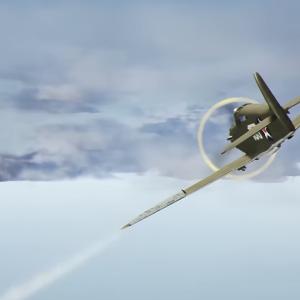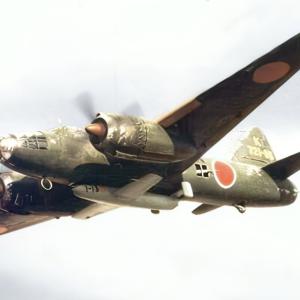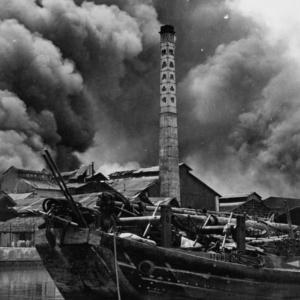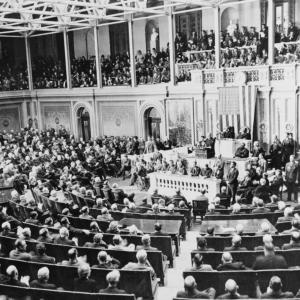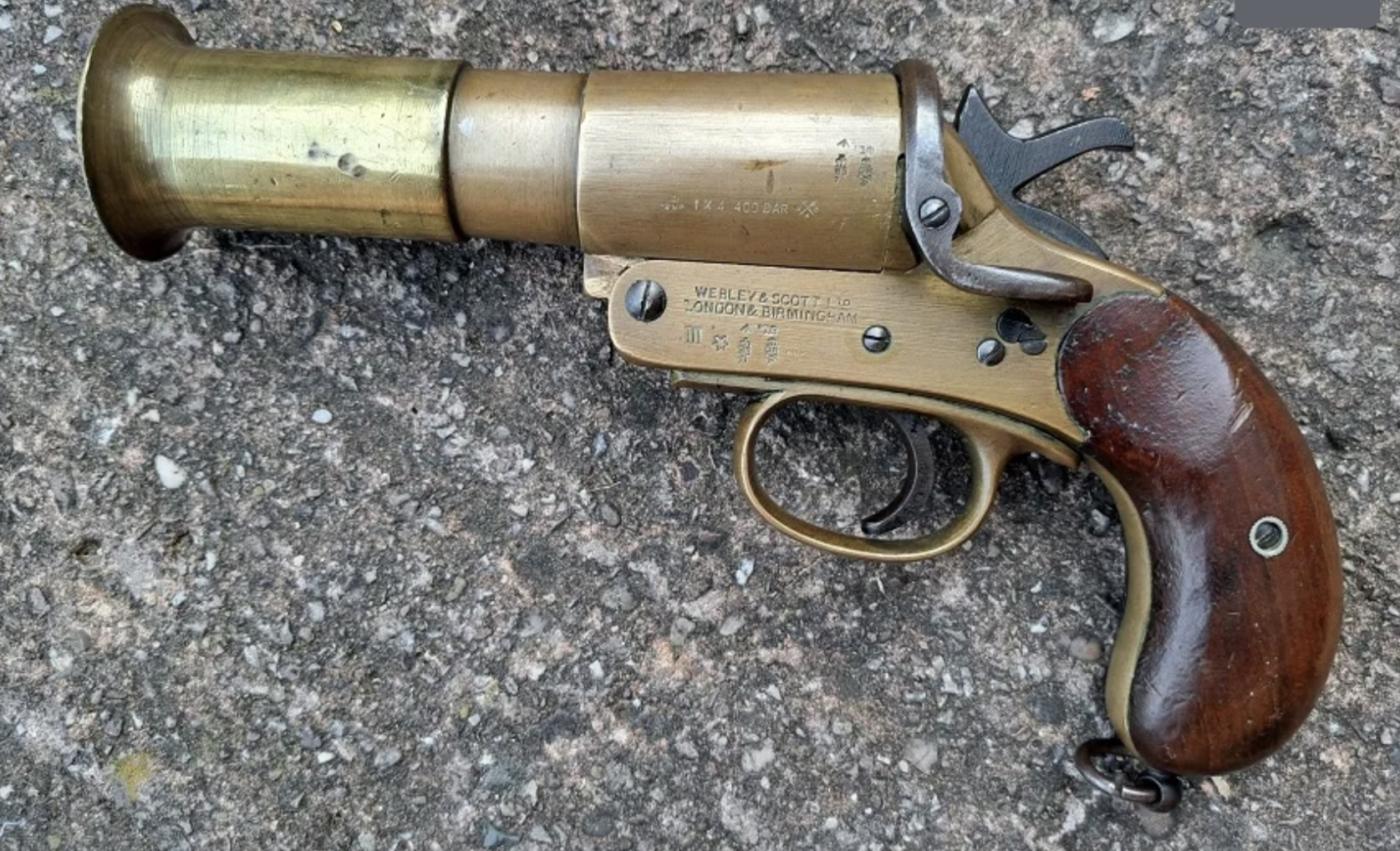
Webley & Scott Flare Pistol
During the First World War, the flare gun was an essential tool for communication on the battlefield, and among the most iconic of these devices was the Webley & Scott flare pistol. Manufactured by the renowned British arms company Webley & Scott, these flare guns served in various roles across the Western Front and beyond, offering a non-verbal method of signaling during the chaos of trench warfare and aerial combat.
The earliest of the widely used Webley flare pistols was the Mark III, introduced in 1911. Constructed primarily of brass, this model featured a break-open, single-action design that allowed for quick loading and firing. By 1916, a modified version known as the Mark III* appeared, which incorporated a flanged muzzle extension to protect the user's hand while opening the barrel. This gave the weapon a blunderbuss-like profile and further cemented its recognizability among British troops. The brass construction made it durable and resistant to the corrosive conditions of the trenches, while the simplicity of the mechanism made it reliable even in the worst mud and grime.
Beyond infantry use, flare pistols were adapted for specialized roles. One such adaptation was the No. 1 Mark I flare pistol, designed for use by the Royal Flying Corps. Unlike the simpler Mark III*, this variant was much larger and heavier, built on the same frame as the Webley Mark IV revolver and compatible with both single- and double-action firing. It featured a long, ten-inch barrel and often came with a wooden shoulder stock, allowing airmen to fire more stable and high-altitude flare signals. The weapon was used to launch parachute flares and other visual signals to coordinate with ground forces or fellow aircraft. Despite its weight, it was a practical tool for early military aviators navigating the newly emerging arena of aerial warfare.
Another notable development came later in the war with the introduction of the No. 2 Mark I flare pistol. This version was specifically designed for use in armored vehicles, such as the British Austin armoured cars. It featured an all-steel construction and was adapted to fit into a fixed mounting system within the vehicle. The muzzle was widened to accommodate Mills flare cartridges, enabling quick deployment of ground markers or signals under combat conditions. This model proved useful in coordinating movements during mobile operations and served a crucial function in the rapidly evolving tactics of mechanized warfare.
Throughout the war, these flare pistols proved indispensable. In the trenches, a flare might signal the start of an attack or request artillery support. In the air, it could indicate a pilot’s position or relay instructions. On the ground, mounted flare pistols helped armored crews communicate with command or warn of incoming threats. Their utility was matched only by their reliability, and for many soldiers, the sight of a Webley & Scott flare gun became synonymous with both danger and direction.
As the war progressed and newer models emerged, the earlier Webley designs began to fade from front-line service. However, their legacy lived on. They were admired for their solid engineering, straightforward functionality, and adaptability to a variety of military contexts. Today, these pistols are highly prized by collectors and historians alike, not only for their rarity but for their historical significance as instruments of communication in one of the most brutal conflicts in human history.

